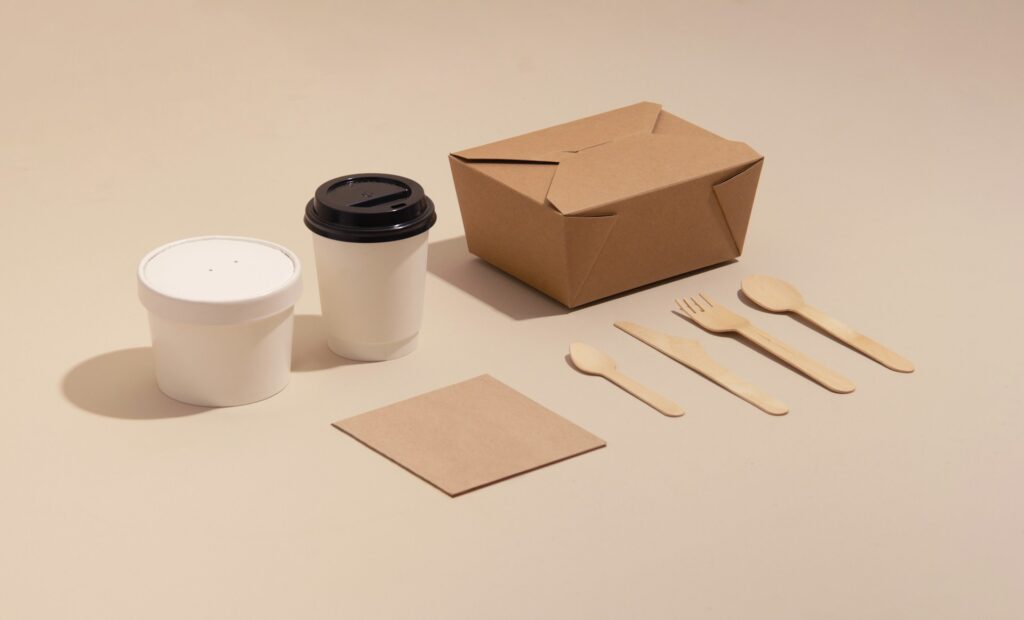Dr. Seockmo Ku, an assistant professor in the Department of Food Science and Technology at Texas A&M AgriLife Research, has developed a new way to repurpose fermentation by-products into a sanitizer for fresh produce. Working with doctoral student Min Ji Jang, Dr. Ku demonstrated that leftover liquid from probiotic production; commonly known as culture waste broth; can be combined with mild heat to significantly reduce food-borne pathogens on vegetables.
Jang, M. J., Kim, H. M., Haque, M. A., Lin, C. S. K., Park, H. W., & Ku, S. (2025). Upcycling of spent media from lactic acid bacteria as a value-added application against foodborne pathogens in vegetable processing industries. Chemical Engineering Journal, 522, 167271. https://doi.org/10.1016/j.cej.2025.167271
Fermented foods such as yogurt, kimchi, and sauerkraut rely on lactic acid bacteria to generate probiotic cultures. These processes leave behind nutrient-rich broths that are usually discarded as waste. Dr. Ku and his team saw potential in this overlooked by-product. They recognized that lactic acid bacteria produce natural antimicrobial compounds and believed these could be harnessed to improve food safety while reducing industrial waste. In a typical 1,320-gallon fermentation batch, more than 1,000 gallons of broth are left unused. Repurposing that liquid could cut disposal costs and contribute to more sustainable production systems.
Dr. Seockmo Ku, an assistant professor in the Department of Food Science and Technology at Texas A&M AgriLife Research has stated,
“We wanted to know whether this food-grade byproduct could be repurposed to improve food safety instead of ending up as waste”.
In the study, the researchers treated the culture waste from Lactiplantibacillus plantarum with mild heat at approximately 113 degrees. The process, which they named “CFS-MH” for cell-free supernatant plus mild heat, was found to be highly effective against Salmonella Typhimurium in laboratory conditions. The treatment achieved a reduction of more than five log colony-forming units, equal to a 100,000-fold decrease in bacterial concentration. When applied to fresh radish sprouts, the same method reduced total bacteria and coliform counts by up to three log units, maintaining these lower levels for a week during refrigerated storage.
Neither the probiotic broth alone nor the heat treatment alone achieved similar results. According to the researchers, the mild heat helps organic acids and other antimicrobial compounds in the broth penetrate bacterial cell walls more effectively, making the combination both gentle and efficient. The approach offers a promising alternative to chemical sanitizers commonly used in food processing, such as chlorine-based solutions.
An economic assessment suggested that upcycling approximately 1,056 gallons of waste broth from a 1,320-gallon fermentation could generate about one hundred dollars of value per batch—similar to the cost of conventional sanitizers—while avoiding additional waste disposal expenses. This dual benefit positions the process as both cost-effective and environmentally sound.
From an engineering standpoint, the method could be incorporated into existing probiotic manufacturing systems with minimal changes. Since the required heat is mild, the process consumes less energy than traditional thermal sanitization. Furthermore, it demonstrates a practical example of circular processing, where an output stream from one operation becomes a useful input in another.
The findings also highlight broader implications for sustainable food engineering. The variability in the composition of probiotic waste between batches remains a technical consideration, and scaling up the process will require careful validation across different types of produce and pathogens. Nevertheless, this work aligns with a growing interest in waste valorization and “clean-label” antimicrobial solutions within food science and biotechnology.
Dr. Ku’s team is continuing to explore ways to optimize the process for commercial settings. Future studies will likely focus on pilot-scale trials, regulatory assessments, and life-cycle analyses to quantify its environmental impact. By integrating engineering design with microbiological innovation, the researchers have shown that sustainability and safety can coexist within modern food production systems.
This development underscores a larger truth in process engineering: waste streams often carry untapped value. When approached with creativity and interdisciplinary thinking, they can become key components of a more sustainable and resilient food system.

Adrian graduated with a Masters Degree (1st Class Honours) in Chemical Engineering from Chester University along with Harris. His master’s research aimed to develop a standardadised clean water oxygenation transfer procedure to test bubble diffusers that are currently used in the wastewater industry commercial market. He has also undergone placments in both US and China primarely focused within the R&D department and is an associate member of the Institute of Chemical Engineers (IChemE).



